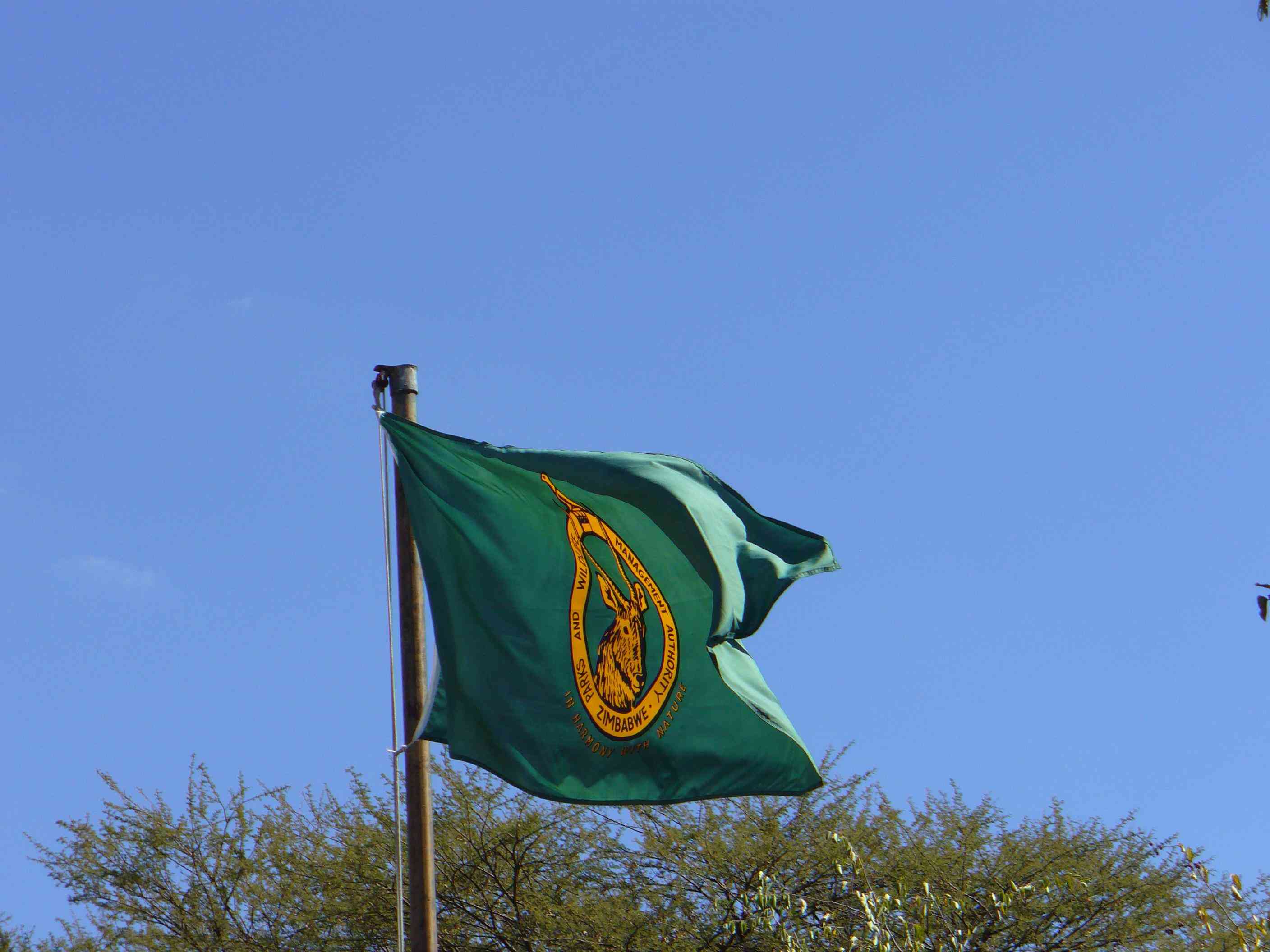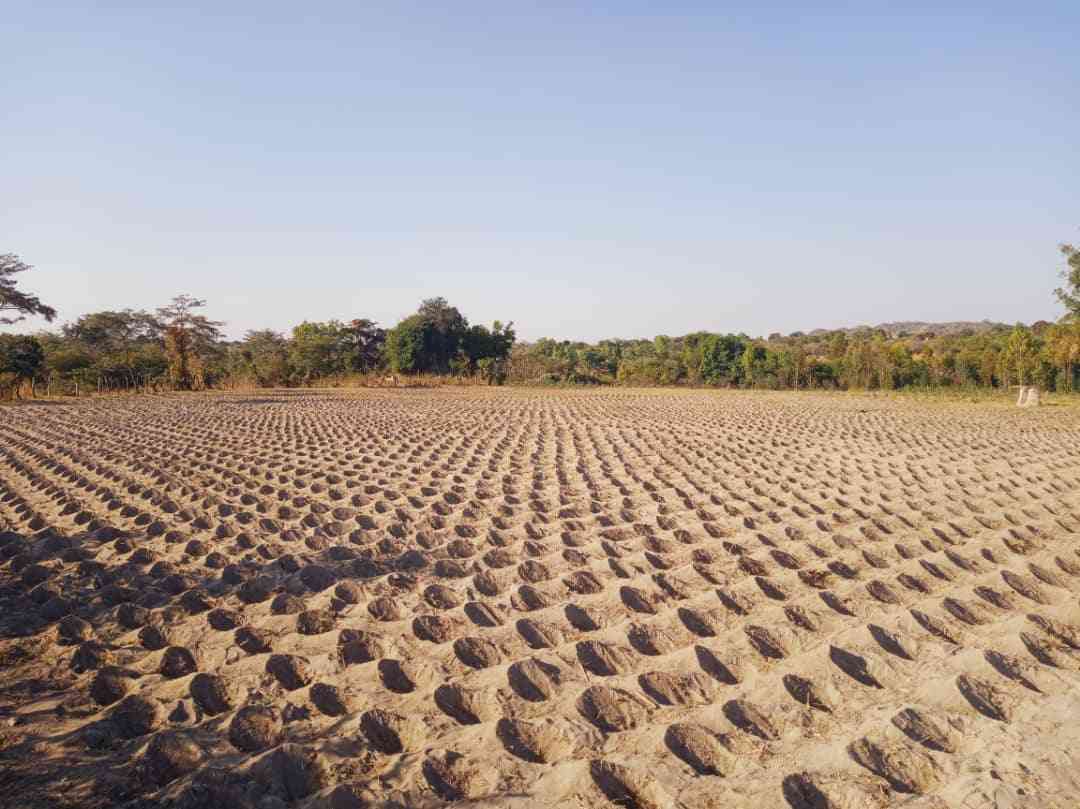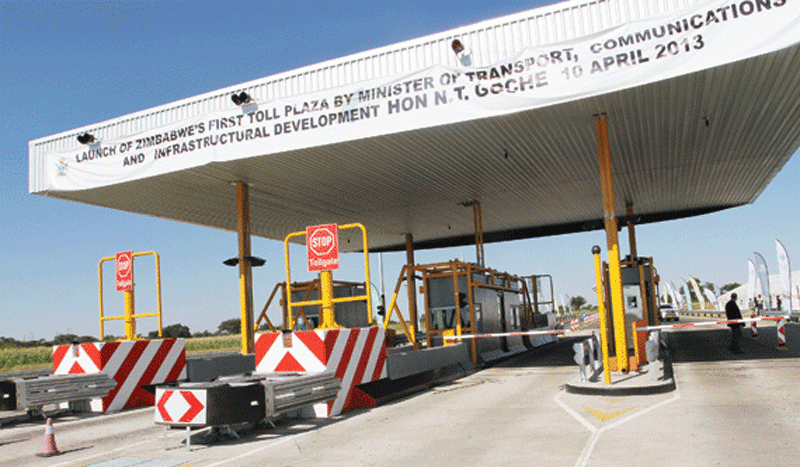
THE Zimbabwe Parks and Wildlife Management Authority (ZimParks) has revealed that it is working on the Lake Kariba recreational plan aimed at promoting tourism, conservation and livelihoods in Kariba and surrounding areas.
This initiative was highlighted by ZimParks director-general Edson Gandiwa during the handover ceremony for the Nyaminyami community projects at the Chipfudze Community Centre in Kasvisva.
The plan is part of ZimParks’ broader strategy to consolidate wildlife conservation successes and strengthen co-operation with stakeholders.
By developing tourism facilities and attractions in the parks, ZimParks hopes to increase revenue from tourism, a key pillar of Zimbabwe’s economy.
As part of this initiative, Matusadonha Conservation Trust, in partnership with ZimParks, has officially commissioned and handed over a nutritional garden and borehole at the Chipfudze Community Centre.
The project is aimed at enhancing food security and livelihoods in the community.
Additionally, six motorbikes were handed over to newly-trained human-wildlife conflict monitors in wards 2 to 12, with five more motorbikes expected soon to mitigate disaster in Nyaminyami district.
To date, the initiative has seen six nutritional gardens established and three boreholes drilled and equipped in the district.
- ‘Binga not fully marketed’
- Increased poaching in Kariba threatens fish farming
- Kariba fishing tourney breaks with tradition
- Baobab tree faces extinction
Keep Reading
The initiatives are crucial in addressing the pressing issue of human-wildlife conflict, which has resulted in significant human and livestock losses.
According to recent data, seven people lost their lives in 2025, while six were injured and 357 livestock was killed by wild animals in Nyaminyami district.
During the handover programme, Desmond Anele Gumbochuma, the district development co-ordinator (DDC) for Kariba, encouraged local communities to take agriculture seriously, noting that it has brought development in rural communities.
“Agriculture has transformed our rural areas and we believe it can do the same for our community here,” he said, adding that nutrition projects would boost local livelihoods and reduce poaching as more locals would be employed.
Michael Pelham, Matusadona Conservation Trust park manager, highlighted the trust’s approach.
“We thought that instead of doing wildlife only, we looked at wildlife improvement, livelihoods, and human-wildlife conflict, and we had to engage the local council, traditional leaders, and DDC office,’ he said.
Gandiwa emphasised the importance of community engagement and conservation.
“We will make sure we introduce programmes that (will) kids and traditional leaders visit the park so that they have an appreciation of what we are doing,” he said.
“Zimbabwe has 11 national parks, including Matusadona.”
Gandiwa also highlighted the significance of local employment, noting that 160 out of 200 employees in the area were from the local community.
“We are introducing the motorbike programme to fight human-wildlife conflict,” he said.
“Let’s not destroy the vegetation. We will keep working together to move our Campfire programme, work with Environmental Management Agency, Forestry Commission and Nyaminyami Rural District Council.”
Gandiwa encouraged the community to explore alternative livelihoods, such as fisheries and aquaculture, to reduce human-wildlife conflict.
ZimParks’ recreational plan will focus on developing tourism infrastructure and promoting the area’s attractions, contributing to the local economy and conservation efforts.
Gandiwa confirmed that ZimParks was busy with the Lake Kariba management recreational plan, following the Lake Kariba in-shore plan recently.









